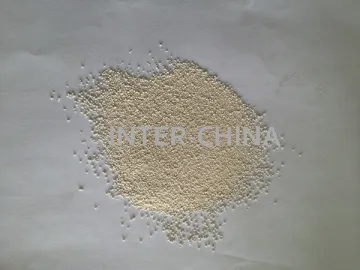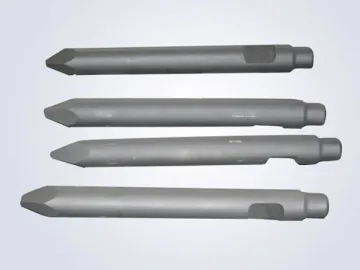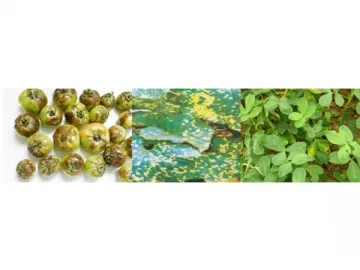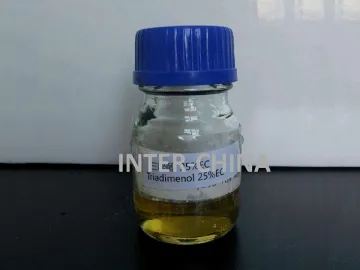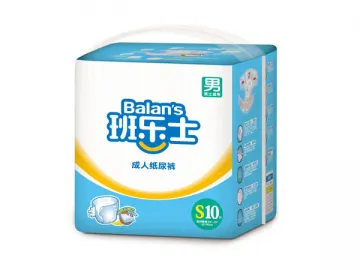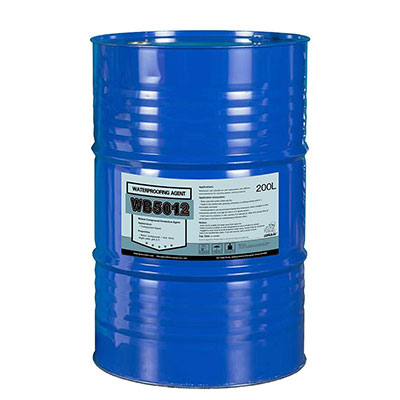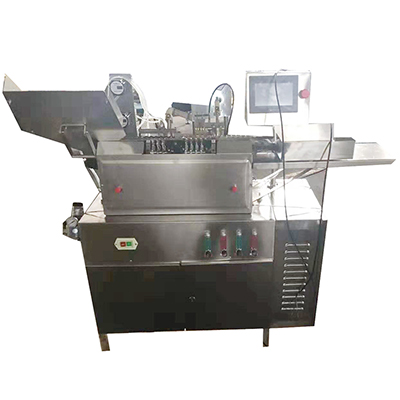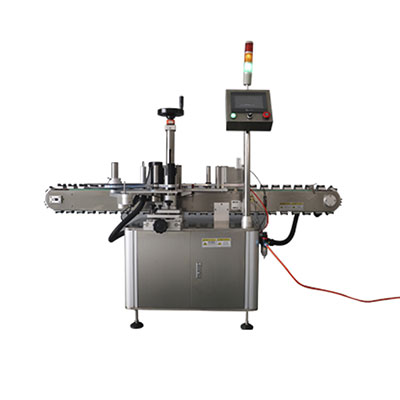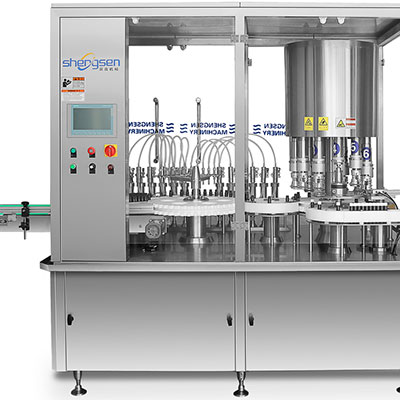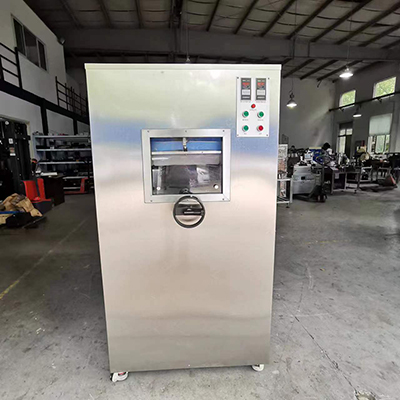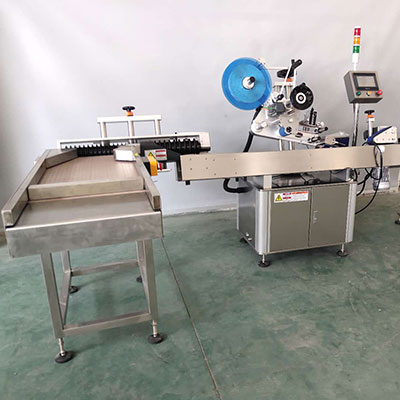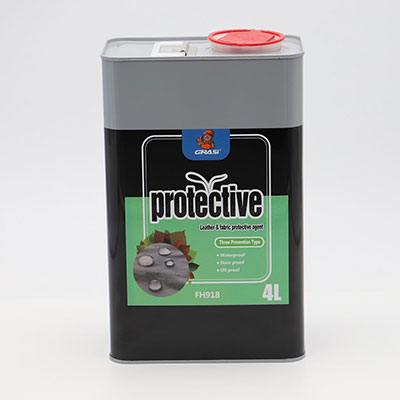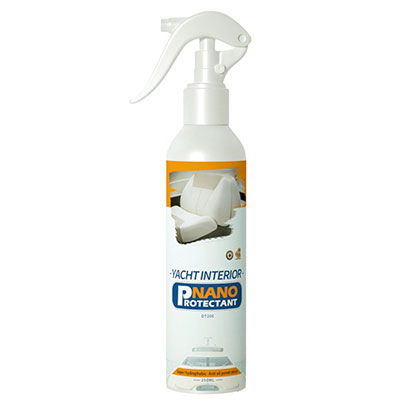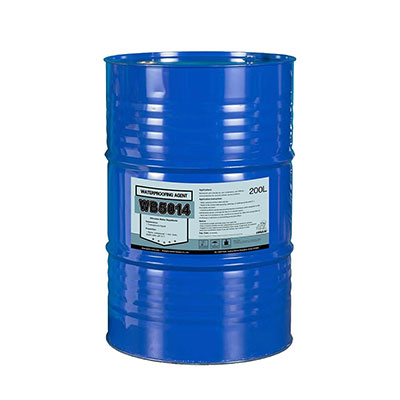2,4-D
CAS NO.: 94-75-7
2,4-D is short for 2,4-Dichlorophenoxyacetic acid. It is a common systemic pesticide or herbicide used in the control of broadleaf weeds.The substance is one of the most widely used herbicides in the world. It is the third most commonly used herbicide in North America.
Function
This herbicide is a synthetic auxin, which is a class of plant hormones. It is absorbed through the leaves and is translocated to the meristems of the plant. Uncontrolled, unsustainable growth ensues, causing stem curl-over, leaf withering, and eventual plant death. This agricultural pesticide is typically applied as an amine salt, but more potent ester versions exist as well.
Benefits
2,4-D continues to be used, where legal, for its low cost. It is most commonly used for the following purposes.
1. Weed control in lawns and other turf
2. No-till burndown
3. Control of weeds and brush along fences and highway and railroad rights of way
4. Conifer release for control of broad-leaf trees in conifer plantings
5. Grass hayfields and pastures
6. Cereal grains
7. Corn and sorghum occasionally
8. As a synthetic auxin analog
Note
1. In 1987, the International Agency for Research on Cancer (IARC) concluded that the phenoxy acid herbicides including 2,4-D, MCPA and 2,4,5-T as a group were classified as a class 2B carcinogen - "possibly carcinogenic to humans".
2. A 1990 study of farmers in Nebraska, even when adjusting for exposure to other chemicals, found that this product exposure substantially increased the risk of non-Hodgkin's lymphoma (NHL).
3. The amine salt formulations can cause eye damage or blindness on contact. Ester formulations are considered non-irritating to the eyes.
4. One study found that occupational exposure to the product caused male reproductive problems, including dead and malformed sperm.
5. Concerns regarding neurotoxicity have been voiced with increased sensitivity to amphetamine and thus concerns of increased risk of drug addiction among those exposed.

Links:https://globefindpro.com/products/75865.html


